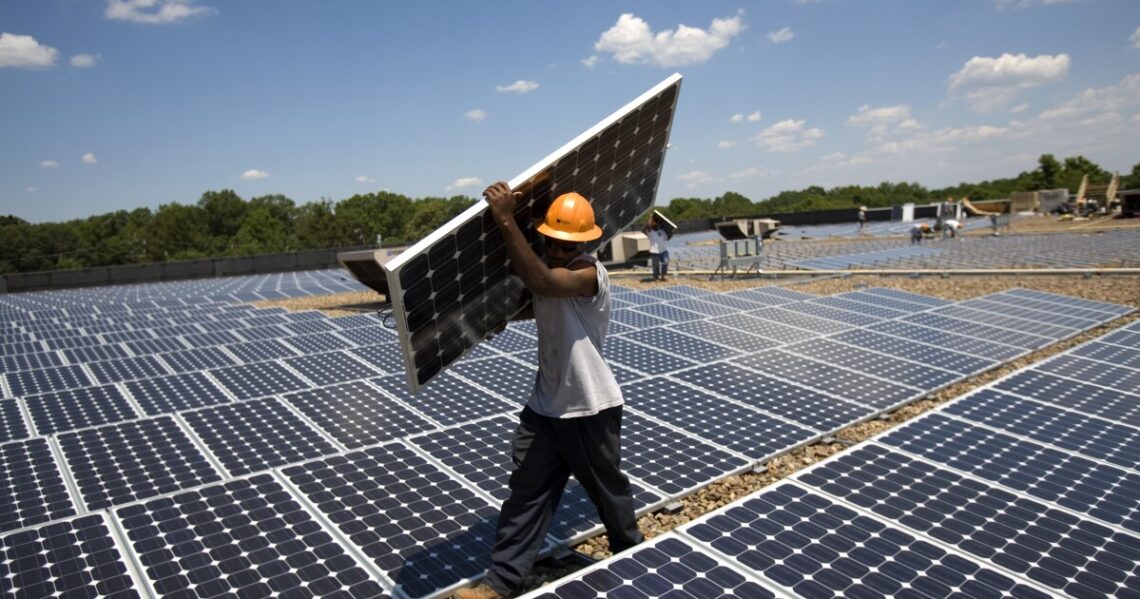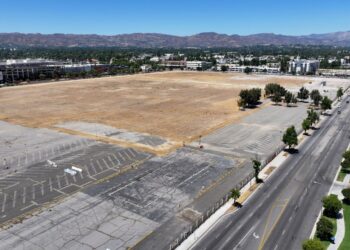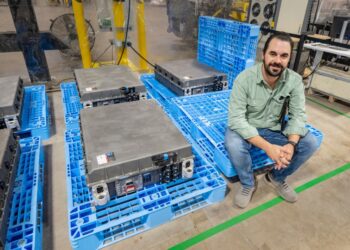Across the nation, strip malls, schools, factories, and other big, nonresidential buildings bask in the sun — a powerful, and too often wasted, source of electricity that could serve the neighborhoods that surround them.
-
This story was originally published by Grist. Sign up for Grist’s weekly newsletter here.
-
Grist is a nonprofit, independent media organization dedicated to telling stories of climate solutions and a just future.
Installing solar panels on these vast rooftops could provide one-fifth of the power that disadvantaged communities need, bringing renewable energy to people who can least afford it, according to a study by Stanford University. Although such power-sharing arrangements do exist, the research found that marginalized neighborhoods generate almost 40% less electricity than wealthy ones. “We were astonished to see there is still such a large difference,” said Moritz Wussow, a data and climate scientist and the study’s lead author.
This imbalance, often called the solar equity gap, is even more prevalent in the number of home installations. Placing solar arrays atop large commercial buildings could bring renewable energy to renters, while also helping homeowners who can’t afford the technology’s high upfront cost. Previous research by Wussow’s collaborators found that affluent households are more likely to benefit from tax credits and rebates designed to make solar more affordable.
With Solar for All, a federal program funded by the Inflation Reduction Act, poised to give states $7 billion to create fairer access to…
Read the full article here







